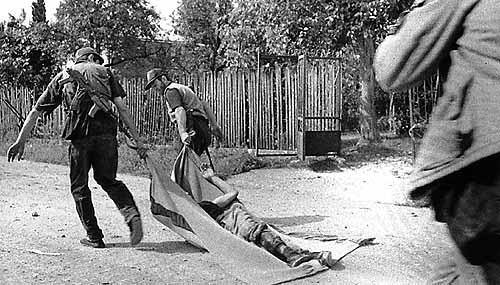So! Our SMS project worked quite well. Critical to its success was the systematic error control early in the day. Our interviewers still made a fair number of mistakes in the early morning. It was the first time we introduced this system, and transferring the number correctly to SMS requires significant attention to detail.

Whenever the system flagged mistakes, we called the interviewer to check, and implicitly to remind them to get it right the next time. The entire CRRC team took turns, with two colleagues in each shift, in addition to the other people in our E-Day room (the cheerful morning group pictured above). Note that we chose codes that made a transposition error unlikely. Since “Yes” was 1, and “No” was 3, you’d have to go across the keyboard to get that wrong.

Whenever the system flagged mistakes, we called the interviewer to check, and implicitly to remind them to get it right the next time. The entire CRRC team took turns, with two colleagues in each shift, in addition to the other people in our E-Day room (the cheerful morning group pictured above). Note that we chose codes that made a transposition error unlikely. Since “Yes” was 1, and “No” was 3, you’d have to go across the keyboard to get that wrong.

The chart shows the error rates. In the morning, we quickly manage to reduce the errors by almost half in the first hour. In the afternoon, some exhaustion sets in, but the interviewers recover in the early evening. In the last hour, however, error rates almost quadruple within an hour — our interviewers are well and truly tired.
More detail on this to follow. We will also enter the paper questionnaires, and then compare with the SMS results, to see whether there actually were any transposition errors. For us, this was an exciting day.












